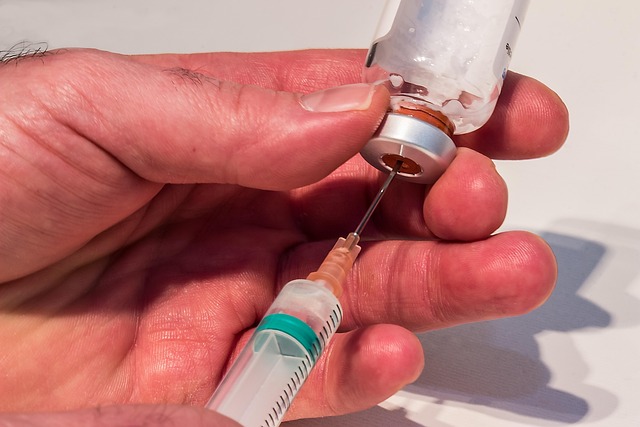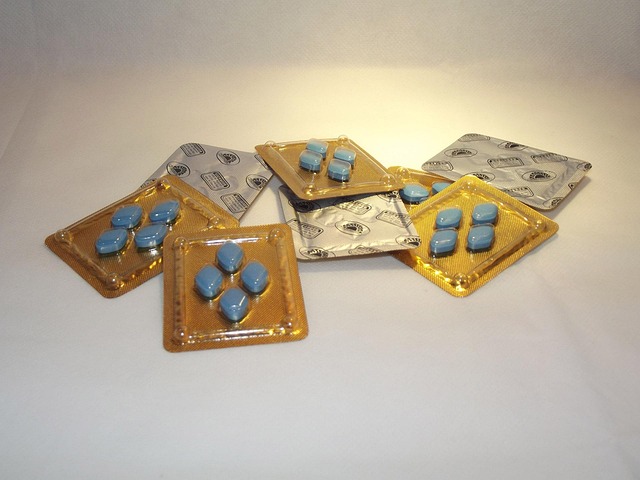GLP-1 drugs mimic gut hormone GLP-1 to manage type 2 diabetes with dual benefits: enhancing insulin secretion and appetite suppression. Growing market driven by rising diabetes rates, with oral agonists dominating sales. Increasingly used for weight management in diverse patient demographics, including older adults. Beyond diabetes, GLP-1 drugs show promise in cardiovascular health, neurological disorders, and expanding therapeutic areas. Market expansion expected from innovative formulations, administration methods, and digital health integration.
The global market for GLP-1 (glucagon-like peptide-1) agonists is experiencing significant growth, driven by their dual role in managing diabetes and promoting weight loss. This article delves into the analysis of GLP-1 drug usage trends, exploring key aspects such as mechanism and benefits, market performance, patient profiles, therapeutic applications, prescription dynamics, and future prospects. Understanding these factors provides insights into the rising demand for these innovative treatments and their potential to transform diabetes management.
Understanding GLP-1 Agonists: Mechanism and Benefits

GLP-1 agonists are a class of drugs that mimic the effects of glucagon-like peptide-1 (GLP-1), a hormone produced in the gut after eating. These medications play a crucial role in managing type 2 diabetes by enhancing insulin secretion and suppressing glucagon release, which helps lower blood sugar levels. The mechanism behind GLP-1 drugs involves their interaction with specific receptors in the pancreas, leading to increased insulin production and improved glucose control.
In addition to their anti-diabetic benefits, GLP-1 agonists have gained attention for their potential weight management effects. By activating certain neural pathways, these drugs can reduce appetite, leading to decreased calorie intake and supporting weight loss efforts. This dual action of blood sugar control and weight management makes GLP-1 drugs a promising treatment option for patients with type 2 diabetes who are often overweight or obese.
Market Overview: Global Sales and Key Players

The global market for GLP-1 drugs has witnessed significant growth over the past decade, driven by increasing diabetes prevalence and a growing awareness of the role of GLP-1 in blood sugar regulation. Sales of these innovative therapies have been rising steadily, with a particular focus on oral GLP-1 agonists that offer more convenient dosing options compared to traditional insulin injections. Key players in this market include leading pharmaceutical companies like Eli Lilly, Novo Nordisk, and Sanofi, each contributing significant share through their best-selling products.
These companies have invested heavily in research and development, leading to a diverse range of GLP-1 drugs with varying mechanisms of action, durations of effect, and potential side effects. The competitive landscape is characterized by ongoing innovation, with new formulations and delivery methods constantly being developed to cater to the evolving needs of patients and healthcare providers worldwide.
Patient Demographics: Who Are Using These Drugs?

The market for GLP-1 agonist drugs has seen a significant shift in recent years, driven largely by changing patient demographics. These medications, designed to mimic the effects of the natural hormone glucagon-like peptide-1 (GLP-1), are primarily prescribed to individuals with type 2 diabetes. However, their usage extends beyond traditional diabetes management. Growing numbers of patients with obesity and metabolic syndrome are also turning to GLP-1 drugs as a weight management tool, expanding the patient pool further.
Demographic trends reveal that older adults, aged 65 and above, represent a substantial portion of GLP-1 drug users. This is attributed to their higher prevalence of type 2 diabetes and associated metabolic conditions. Additionally, there’s a growing interest in these drugs among younger patients who are proactive about preventing long-term health issues related to obesity and insulin resistance. Such diverse patient demographics underscore the versatile nature of GLP-1 agonists and their potential in both established and emerging healthcare markets.
Therapeutic Areas: Diabetes and Beyond

GLP-1 agonists have demonstrated significant therapeutic potential beyond their initial application in diabetes management. These innovative drugs, designed to mimic the effects of glucagon-like peptide-1, have shown promise in various medical fields. One notable area is cardiovascular health, where GLP-1 drugs have been explored for their role in reducing major adverse cardiovascular events in patients with type 2 diabetes and established cardiovascular disease.
Additionally, ongoing research suggests a potential benefit in neurological disorders such as Alzheimer’s disease. The neuroprotective effects of GLP-1 agonists are being investigated, offering a promising avenue for managing cognitive decline. Furthermore, their impact on weight management has led to their consideration as valuable tools in the battle against obesity and related metabolic disorders, expanding the therapeutic landscape of these once diabetes-specific medications.
Trends in Prescriptions: Growth and Adoption Rates

In recent years, there has been a noticeable upward trend in prescriptions for GLP-1 drugs, indicating growing acceptance and adoption within the medical community. This surge in usage can be attributed to several factors, including improved understanding of type 2 diabetes management and the recognition of GLP-1’s potential in weight loss treatments. Healthcare professionals are increasingly prescribing these drugs as a first-line therapy for diabetes, reflecting their effectiveness in blood sugar control.
The adoption rates of GLP-1 agonists have been steadily climbing, particularly among patients who require better glycemic management. This trend shows no signs of slowing down, driven by the continuous development of new formulations and improved administration methods, making these drugs more accessible and convenient for patients to use. As a result, the market for GLP-1 drugs is expected to expand significantly in the coming years.
Future Outlook: Emerging Technologies and Opportunities

The future of GLP-1 agonist usage looks promising, with emerging technologies and innovations poised to revolutionize diabetes management. Ongoing research focuses on enhancing existing GLP-1 drugs to improve their efficacy, duration of action, and convenience of administration. For instance, sustained-release formulations offer a once-weekly injection option, addressing the current burden of daily or twice-daily dosing. Additionally, targeted drug delivery systems, such as transdermal patches or inhalers, are in development, aiming to provide more discrete and patient-friendly administration methods.
These advancements hold significant opportunities for improved patient adherence and outcomes. The integration of digital health technologies, like mobile apps and wearable sensors, can enable better monitoring of glucose levels and GLP-1 drug efficacy. Furthermore, the exploration of novel GLP-1 receptor agonists with broader therapeutic applications, beyond type 2 diabetes, may expand their market reach. Such innovations collectively suggest a future where GLP-1 drugs play an even more central role in managing metabolic disorders, offering enhanced quality of life for patients worldwide.
